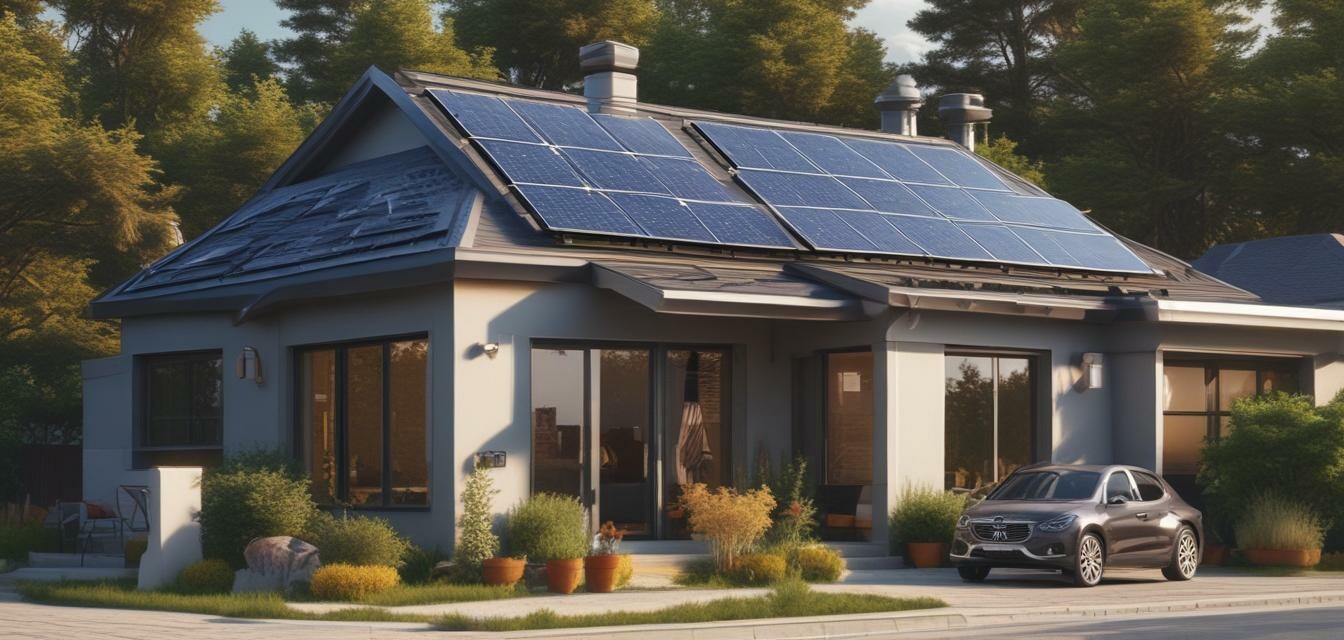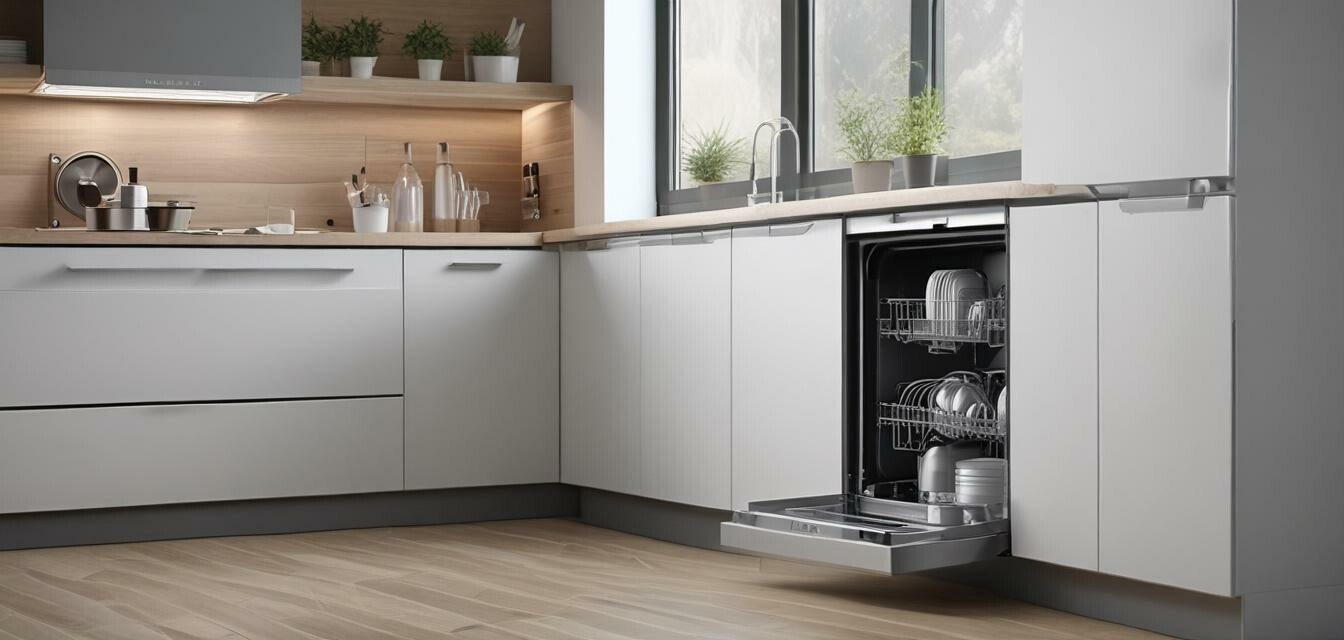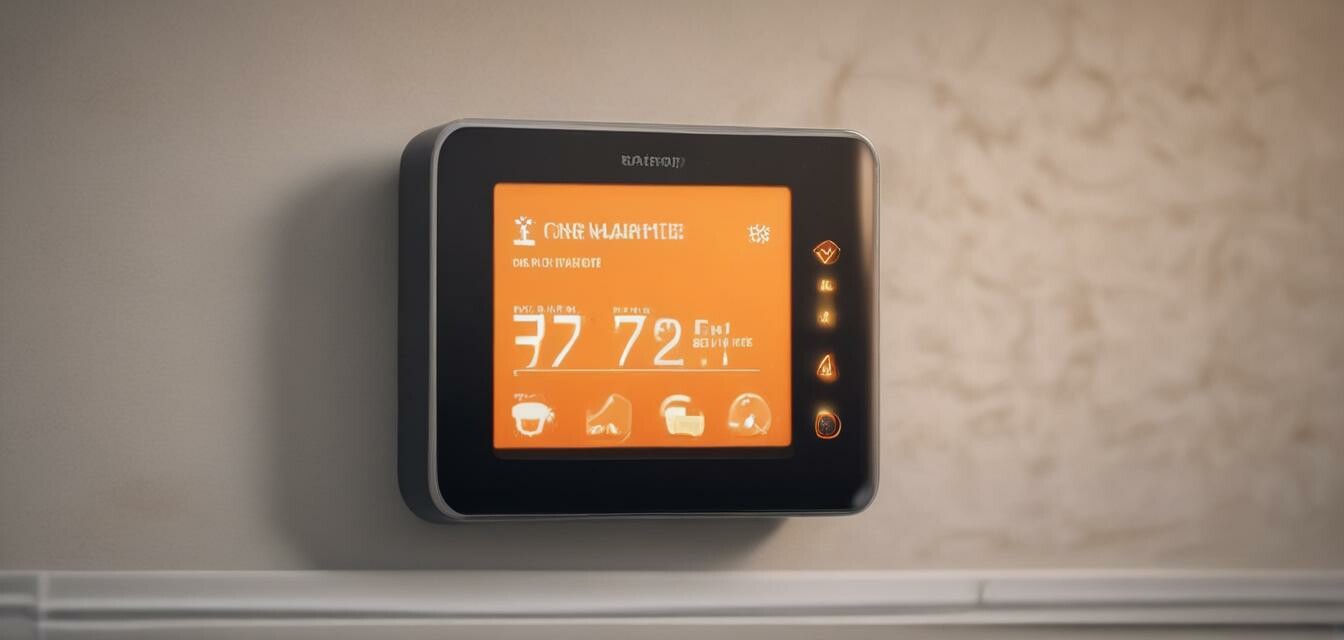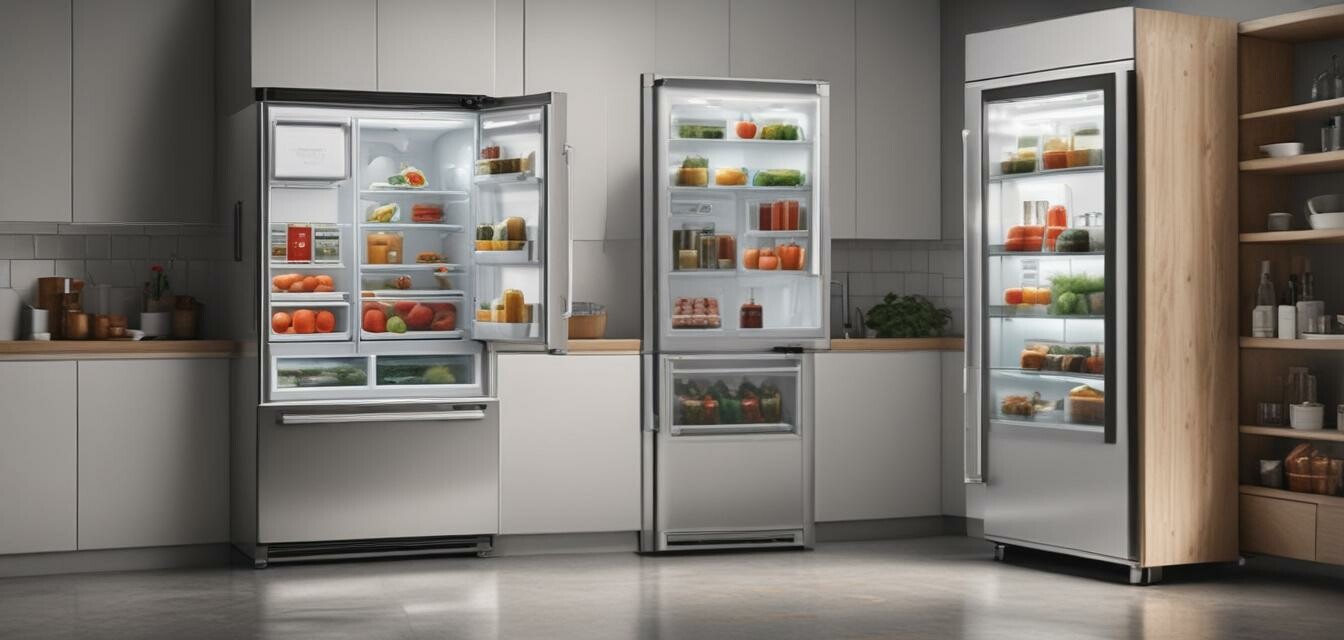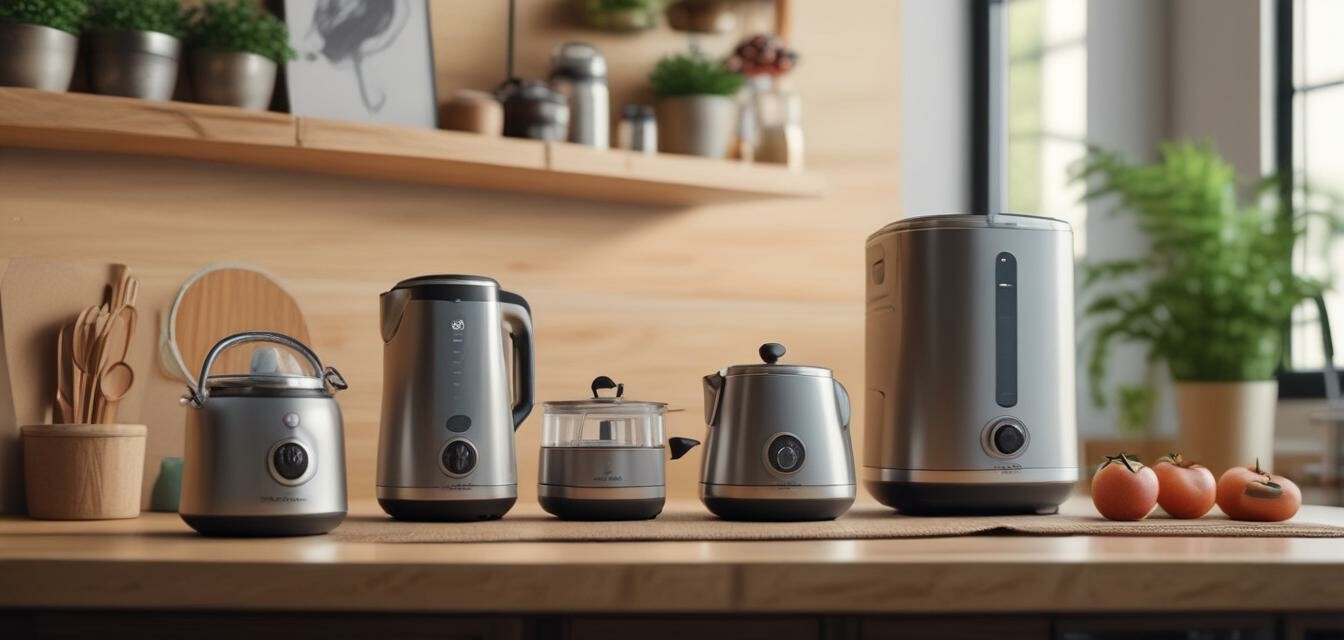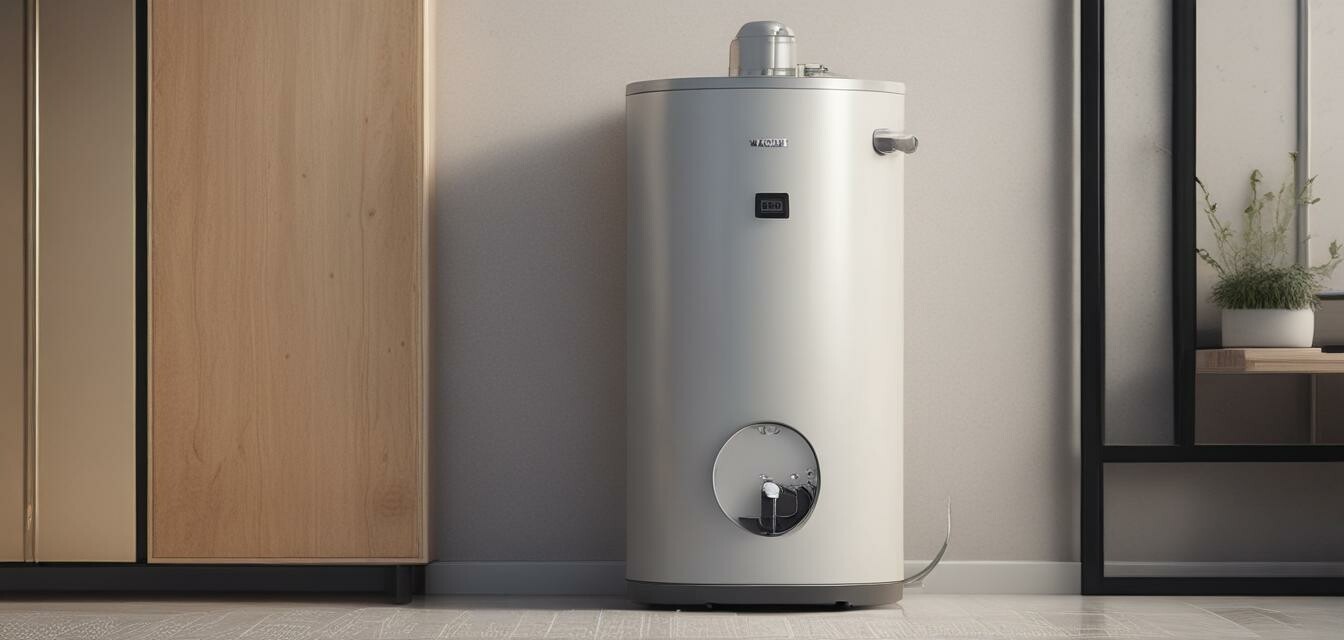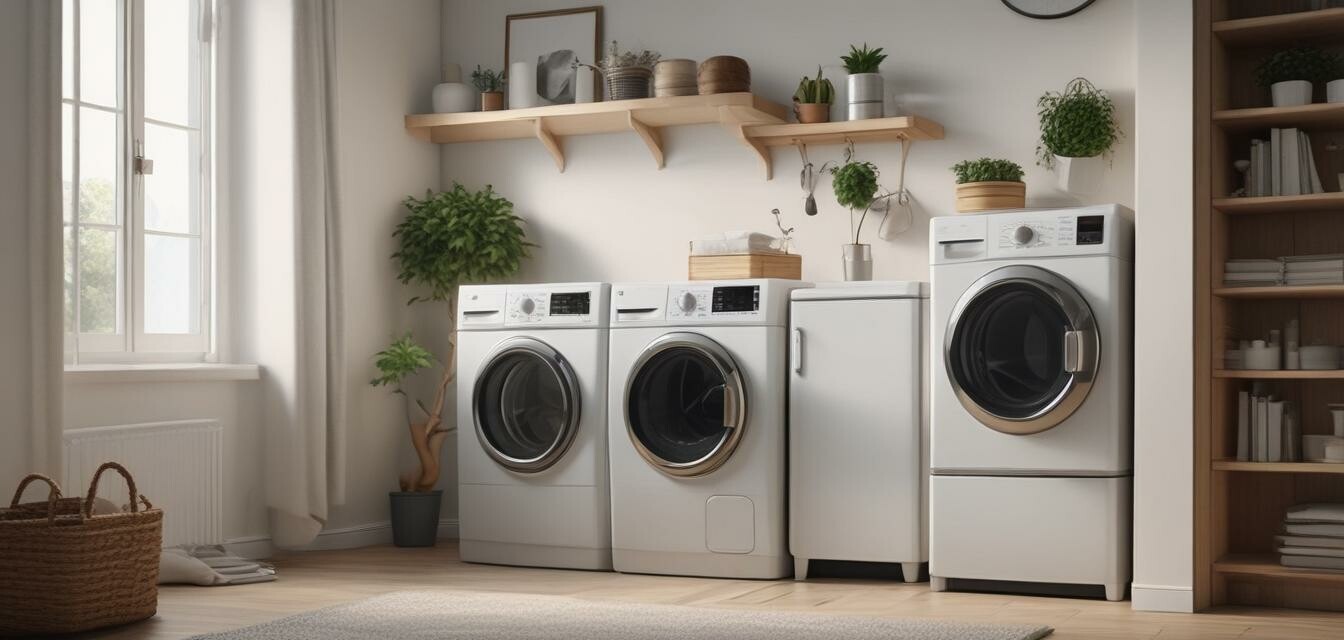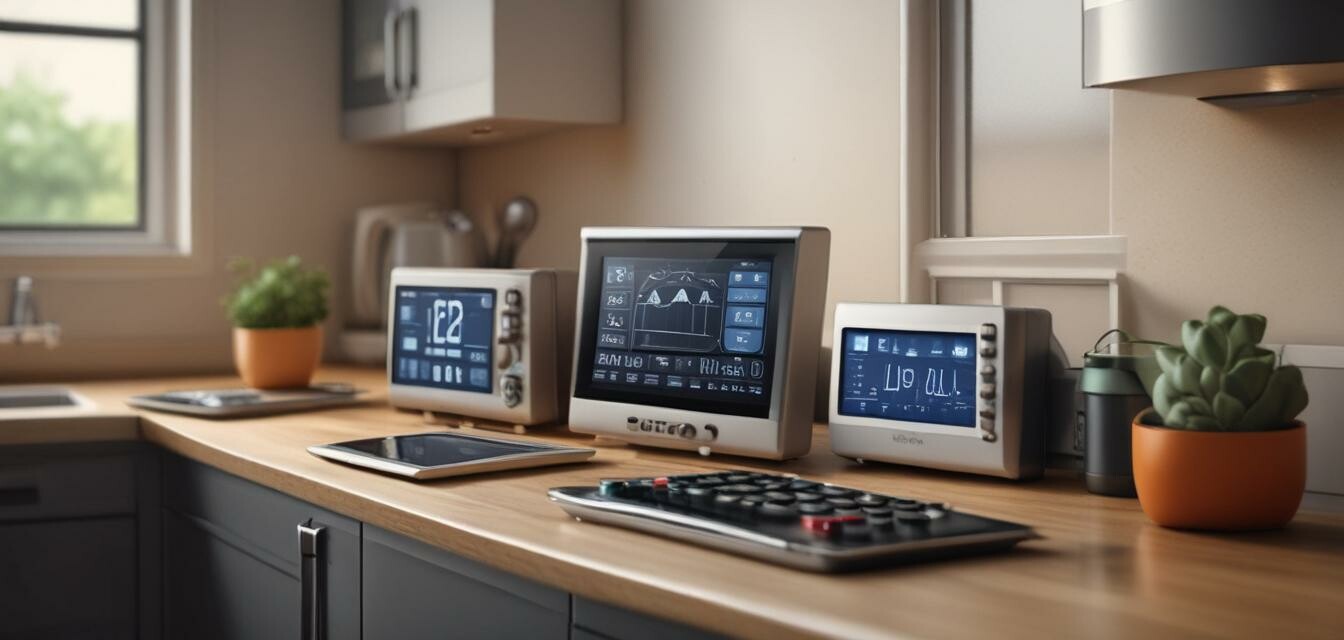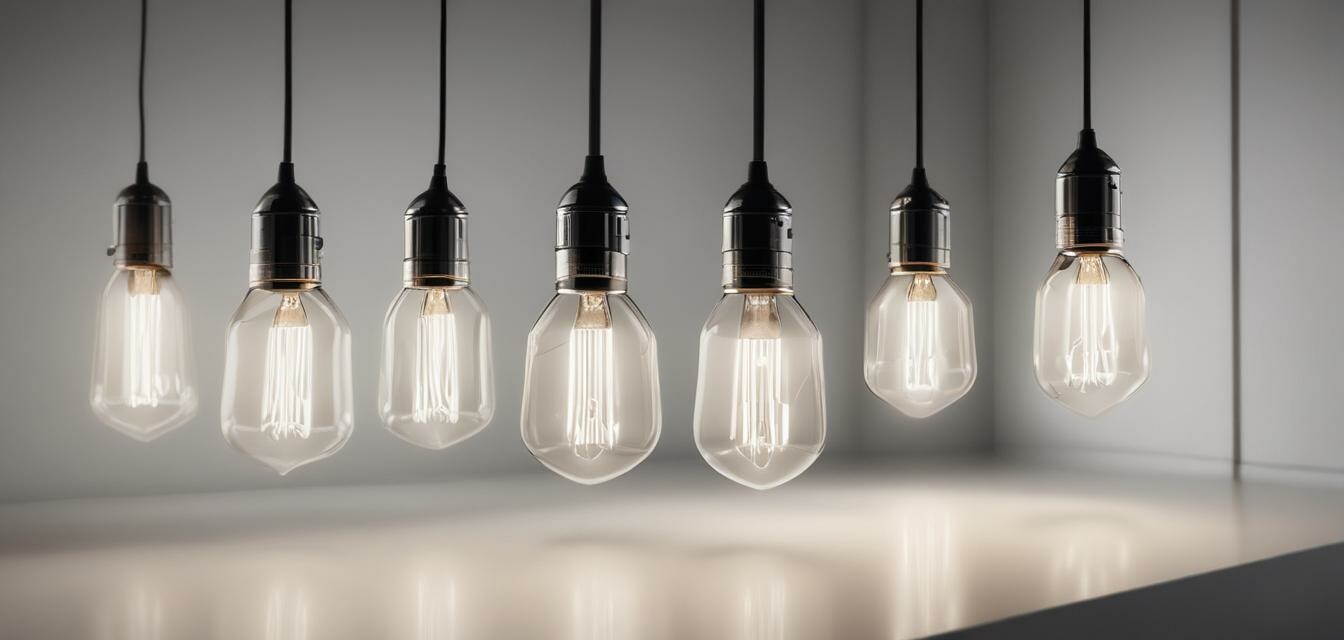
LED Lighting and Fixtures
Key Takeaways
- LED lights consume significantly less energy compared to traditional incandescent bulbs.
- They have a longer lifespan, reducing the frequency of replacements.
- LED lighting can enhance the aesthetic appeal of any space.
- Switching to LED can significantly reduce your electricity bills.
- They are better for the environment, contributing to lower carbon footprints.
Introduction
LED lighting has become an increasingly popular choice for both homes and businesses. As we shift towards more energy-efficient solutions, understanding the benefits of LED lighting and fixtures is essential. This article will delve into their advantages, applications, and comparisons with traditional lighting options.
What is LED Lighting?
LED stands for Light Emitting Diode. Unlike traditional bulbs that rely on heating a filament to produce light, LED lights utilize semiconductor materials to emit light when an electric current passes through them. This results in a high efficiency rate that translates into energy and cost savings.
Benefits of LED Lighting
Switching to LED lighting offers numerous advantages:
- Energy Efficiency: LED bulbs consume up to 80% less electricity.
- Longevity: They can last up to 25,000 hours or more, reducing replacement costs.
- Low Heat Emission: LEDs produce minimal heat compared to incandescent bulbs.
- Environmentally Friendly: They do not contain toxic materials such as mercury.
- Better Quality of Light: They provide bright, high-quality light that can enhance visibility.
Applications of LED Lighting
LED lights are versatile and can be used in various settings:
| Applications | Description |
|---|---|
| Residential | Used in homes for general lighting, accent lighting, and outdoor spaces. |
| Commercial | Ideal for offices, retail spaces, and public buildings for efficiency and appeal. |
| Outdoor | Used in street lighting, parking lots, and landscaping. |
| Industrial | Durable and suitable for warehouses and manufacturing units. |
Comparing LED vs Traditional Lighting
It's important to understand how LED lighting compares to traditional incandescent and fluorescent lights:
| Feature | LED Lighting | Incandescent Lighting | Fluorescent Lighting |
|---|---|---|---|
| Energy Consumption | 5-15 watts | 40-100 watts | 15-40 watts |
| Average Lifespan | 25,000+ hours | 1,000 hours | 7,000-15,000 hours |
| Heat Emission | Low | High | Moderate |
| Environmental Impact | Minimal (no mercury) | Contains toxic materials | Contains mercury |
| Cost | Higher initial cost but lower operational costs | Lower initial cost but higher operational costs | Moderate initial cost with moderate operational costs |
Choosing the Right LED Fixtures
When selecting LED fixtures, consider the following:
- Purpose: Determine where and how you'll use the lights.
- Brightness: Consider lumens for the desired brightness level.
- Color Temperature: Choose between warm, neutral, or cool white light.
- Style: Select fixtures that match your decor.
- Budget: Compare prices to find options that suit your financial situation.
LED Fixture Types
Some common types of LED fixtures include:
| Type | Description |
|---|---|
| LED Bulbs | Standard bulbs that replace incandescent and CFLs. |
| LED Downlights | Can lights for recessed lighting. |
| LED Strip Lights | Flexible light strips for accent lighting. |
| LED Track Lighting | Adjustable lighting fixtures that can be directed as needed. |
| LED Ceiling Fixtures | Flush mounts or chandeliers that provide ambient lighting. |
LED Lighting Installation Tips
For Beginners
- Turn off the power before starting any installation.
- Read the manufacturer’s instructions carefully.
- Use appropriate tools for installation.
- Consider hiring a qualified electrician if you're unsure about wiring.
- Test your lights before fully securing them in place.
Conclusion
Choosing LED lighting and fixtures is a smart decision for energy conservation and cost reduction. Not only do they outshine traditional lighting in efficiency and durability, but they also enhance the aesthetic appeal of your spaces. By understanding the benefits and selecting the right fixtures, individuals and businesses alike can make a positive impact on their electricity bills and contribute to environmental sustainability.
Pros
- Significant energy savings.
- Longevity reduces replacement frequency.
- Wide variety of styles and applications.
- Safe for the environment.
- Instant illumination without warm-up time.
Cons
- Higher initial purchase price.
- Some may emit harsh light if cooler tones are chosen.
- Compatibility issues with certain dimmers.
- May require specific fixtures or traits for optimal performance.
Learn More
For more insights into energy-efficient appliances, check out our other articles:
